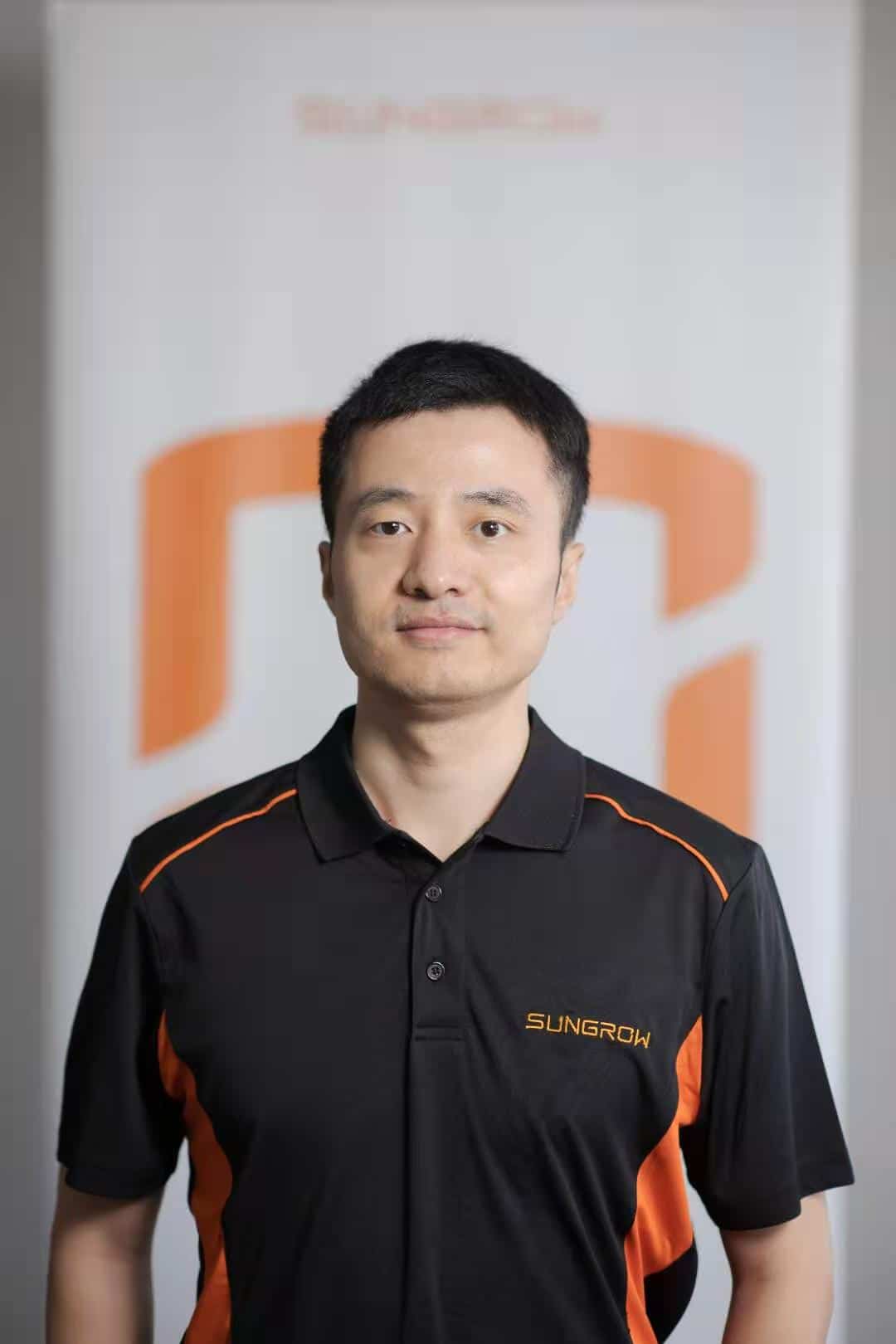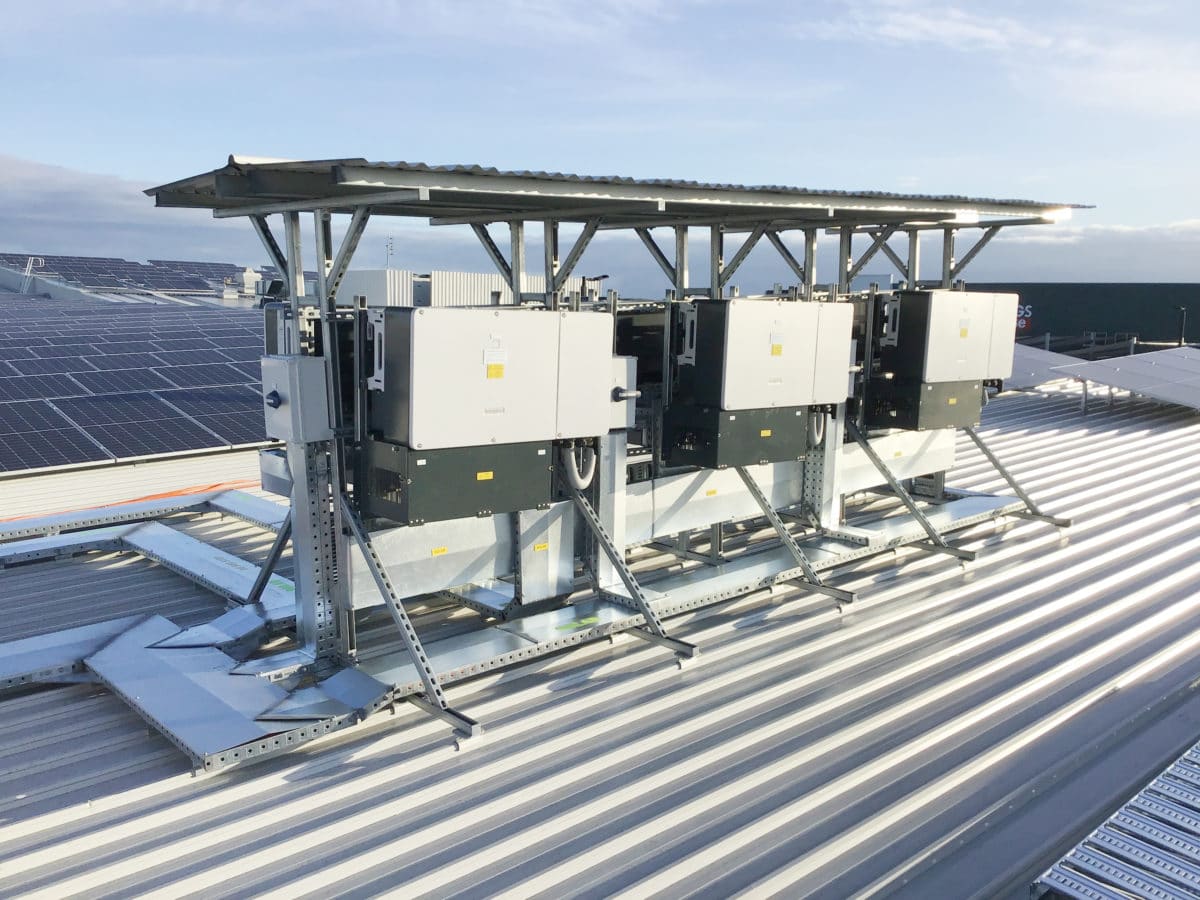pv magazine Australia: How would you describe Sungrow’s performance in the Australian market in 2020?
Joe Zhou: Although it had its unique challenges, 2020 was a highly successful year for Sungrow Australia. Our market share in Australia for the residential segment has grown to 20%-22% and our new range of commercial inverters – which we call the CX Premium range.
Can you say what the volume of demand for commercial segment inverters?
The CX Premium has been well received. I can say we had megawatts of rollouts in 2020. I would say that our efforts over the past years, particularly in providing superior solutions and services, has finally paid off.
And what are you targeting in 2021?
Our target for 2021 is to grow our market share in the residential segment to more than 25% and get a stronger foothold in the commercial segment – with a market share of 10%-15%. For front-of-the-meter projects, we foresee the deployment of our central inverter stations in several sub-5MW solar farms and start our journey with few utility-scale projects as well.

Photo: Sungrow Australia
Why is that it has been easier for Sungrow to sell into the residential segment, while utility scale remains a more difficult nut to crack?
Our local presence in the Australian market for more than 10 years helps us resonate with our customers and their unique needs. Our strong team of 20 personnel operate from our North Sydney office and our warehousing in Greater Sydney, which highly assists us to provide timely support to our customers.
I would say, at least for the next couple of years the residential segment will be our strongest market and we look forward to reaching similar accolades in the C&I and utility-scale markets in the coming years.
Australia has good governmental policies and a strong regulatory framework, which supports the uptake of solar PV, especially for the residential and commercial segments, which allows Sungrow Australia to serve this ever-growing industry.
Sungrow has deployed more than 450 MW of inverters in the Australian residential segment for 2020 and as mentioned earlier, we expect to make a bang in 2021 with our deployments in C&I and utility projects.
And remember, Sungrow is the largest inverter manufacturer worldwide. Our factories in China and India have more than 50 GW of annual deployment capacity in inverters and more 6 GWh of Battery Energy Storage Systems and we have a complete portfolio of solutions to address all of the market segments.
I understand this, but in the utility scale segment in Australia, SMA still enjoys very strong market share. How does Sungrow intend to tackle this? How would you characterise the unique grid challenges in Australia for utility scale projects, and how can Sungrow address this?
It is a very good question. SMA certainly does have the first-mover advantage of having entered the Australian utility market around five years ago and currently has a market share of around 65% in the utility-scale projects.
Sungrow has been enjoying a strong market share in utility-scale projects in the Americas, Europe, India, and Southeast Asia. However, the stringent grid connection requirements in Australia deterred Sungrow to enter this segment early on but we refocussed by growing our local grid connection team since 2018, which has paved the way to clear the GPS for a 300 MW project and many more projects are in the pipeline to get the GPS finalized.
I’m confident that 2021 shall mark the year for Sungrow Australia in this space.
Recent regulations in South Australia created complications for rooftop inverter suppliers. Sungrow partnered with Solar Analytics to address this. How did this work and how effective would you say it was?
The South Australia Government published its new remote disconnection requirement for solar and energy storage systems in 2020. Solar Analytics is one of the relevant remote agents that is nominated by the government and it can use Application Programming Interface (API) to control Sungrow inverters via Sungrow portal iSolarCloud. This control pathway is an innovative solution, with no need for any additional hardware and extra commissioning which minimizes the system and labour cost considerably. In addition, Sungrow with Solar Analytics API control is one of the first batches of integrated solution approved by the SA government which made our partnership highly effective.
Australia is a competitive battery storage market and growth is expected. How much does Sungrow engage with storage in Australia and what has been your experience?
Sungrow has been integrating C&I and utility-scale Battery Energy Storage Systems [BESS] since 2015. As highlighted earlier, we have a capacity to deploy 6 GWh+ BESS annually and we have successfully completed 1,000+ projects globally.
In the Australian landscape, we have already commissioned more than 10 C&I BESS projects since 2018 and we have a strong project pipeline for 2021. We are also in the final stages to finalize the GPS for a 100 MW/300 MWh of utility-scale BESS Project in Australia and we’re working on several other projects.
As for residential, we will be launching our new HV batteries this month with a capacity of 9.6 kWh, which could be stacked up to 100.4 kWh.
These HV batteries, coupled with our strong foothold on the hybrid inverter offerings, which include VPP capabilities, will see Sungrow entering this ever-growing storage market in Australia more.
This content is protected by copyright and may not be reused. If you want to cooperate with us and would like to reuse some of our content, please contact: editors@pv-magazine.com.









By submitting this form you agree to pv magazine using your data for the purposes of publishing your comment.
Your personal data will only be disclosed or otherwise transmitted to third parties for the purposes of spam filtering or if this is necessary for technical maintenance of the website. Any other transfer to third parties will not take place unless this is justified on the basis of applicable data protection regulations or if pv magazine is legally obliged to do so.
You may revoke this consent at any time with effect for the future, in which case your personal data will be deleted immediately. Otherwise, your data will be deleted if pv magazine has processed your request or the purpose of data storage is fulfilled.
Further information on data privacy can be found in our Data Protection Policy.